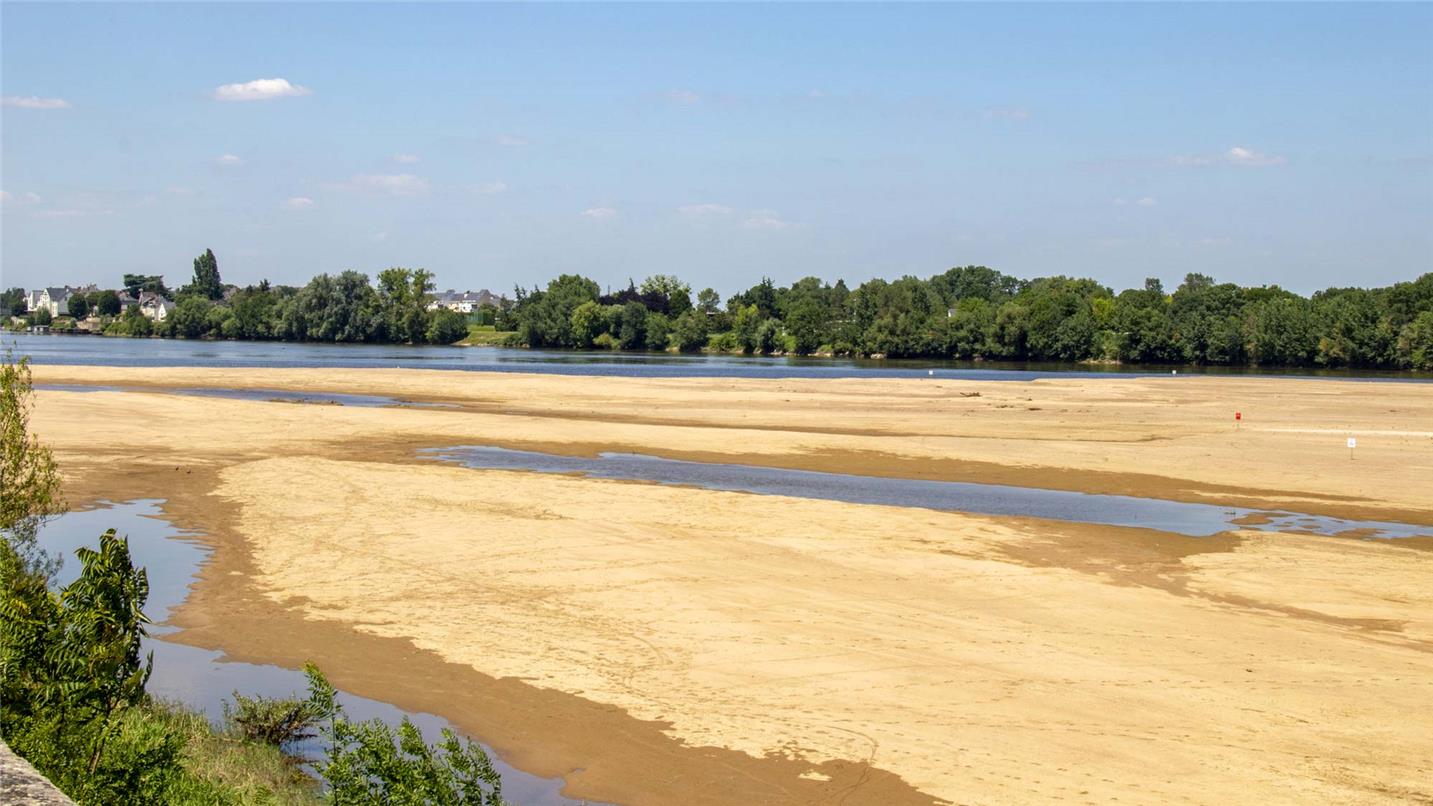
Your challenges, our solutions


Protecting the environment
Discover our solutions to preserve natural environments and ensure sustainable water management.

Limit and prevent floods

Protecting the oceans

Phytoremediation of treated wastewater
Discover the Dragonfly® Wetland: a phytoremediation solution for treated wastewater that preserves the environment.
Actions on your installations
On each of the plants we operate, we set up projects to optimise energy consumption (pumping during off-peak hours, load shedding, etc.). Our expert software developed in-house allows us to use only the electricity strictly necessary for the proper functioning of the installations. In addition, our Sustainable Development roadmap commits us to increasing the share of renewable energy in our energy mix (100% in Europe by 2027).
We also exploit the energy potential of wastewater, in particular through the sludge anaerobic digestion, which makes it possible to have gas reinjected into the network or reused directly by our facilities.
Our projects for the construction of drinking water or wastewater treatment plants systematically include a search for the lowest possible impact, whether in terms of land footprint or energy consumption. The installation of photovoltaic panels or the greening of the roofs of our factories, for example, make it possible to limit our expenditure on carbon energy and promote the biodiversity of our sites.
We are also at your disposal to offer you tailor-made solutions, integrating your ambitions and our know-how in the service of a carbon-neutral heritage.
Actions for natural environments
Through our concrete actions, we control wastewater discharges into the environment by guaranteeing good quality water.
The continuous monitoring and daily analyses that we carry out at the outlets of the outlets allow us to act very quickly in the event of a non-compliant discharge.
Phytopurification (purification by plants in specific basins) or the establishment of dragonfly zones contribute to this effort. Dragonfly zones are complementary devices to wastewater treatment plants, in the form of artificial wetlands.
Our digital solutions also make it possible to effectively manage situations of heavy rainfall to avoid the release of pollution into the environment through the automation of the management of storm basins and upstream reservoirs.
We are also taking action on the sites we operate: in 2024, 75% of our sites did not use phytosanitary products , and we aim to reach 100% by 2027.
In addition, most of the sites are subject to monitoring of the biodiversity they host, fauna or flora, in order to preserve the natural environments that surround them. These actions of reasoned management of spaces are part of our sustainable development strategy.
Ecosystem protection also involves the restoration of receiving environments, a set of practices aimed at rehabilitating and preserving natural ecosystems that receive discharges, such as wastewater or pollutants. These environments can include wetlands, rivers, lakes and marine coasts. We also have solutions for the decontamination of polluted land and soils, and our in-depth expertise in hydrogeology can be mobilised to fight against groundwater pollution.
Actions for the oceans
"River water ends up in the sea": our business is committed to protecting marine and ocean ecosystems. We develop and deploy solutions for monitoring and reducing micropollutants in waterways through continuous measurements, thus contributing to the preservation of marine biodiversity.
We also have the capacity to contain and collect floating waste to limit pollution at sea and on beaches, or specific depollution solutions in the event of a crisis following natural disasters or accidents, thus contributing to the preservation of coastal waters and beaches.
Furthermore, we can also provide real-time monitoring of bathing water quality using methods such as Gen-Spot®, allowing for increased responsiveness in the event of water quality deterioration.
Whether through water resources management or waste management, we are committed to supporting you in your projects related to environmental protection and the ecological transition.
